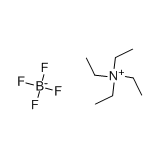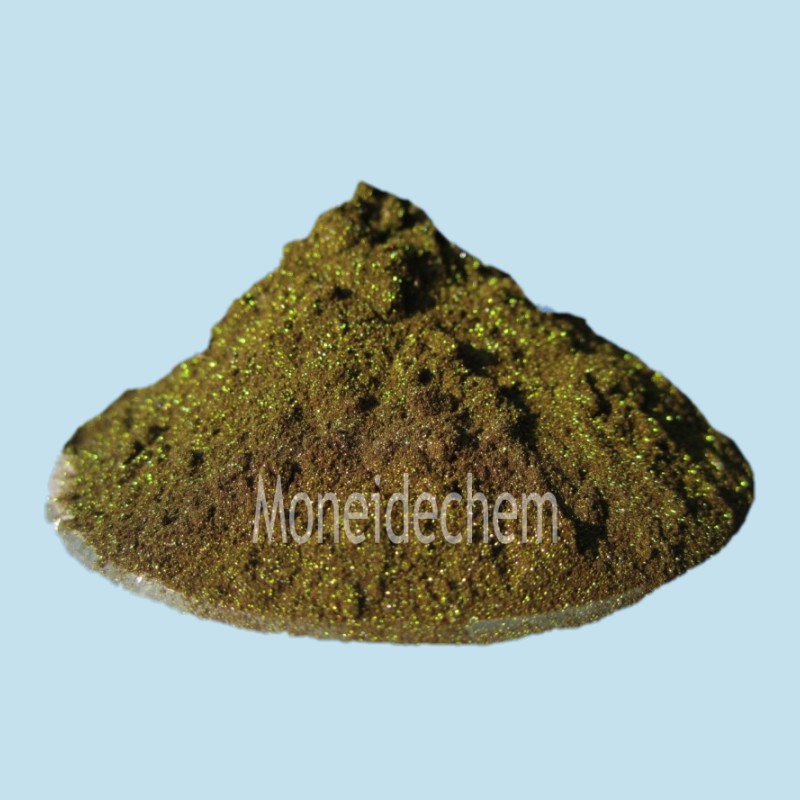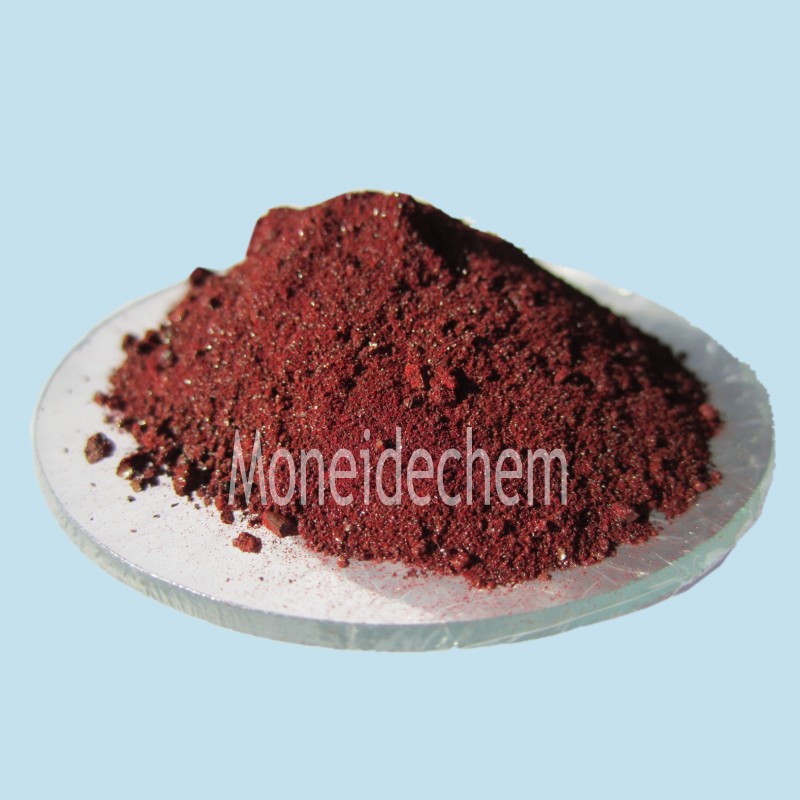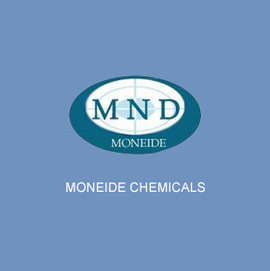Moneide Chemicals
Tel: 86-315-8309571
WhatsApp/WeChat/Mobile: 0086-15633399667
Skype: janet-honest
Mail: sales@moneidechem.com
Address: 2-7-523 Jidong Building Materials Tangshan, Hebei 064000 China
Trimethylamine Hydrochloride
|
Chemical Name |
Trimethylamine hydrochloride |
|
Synonyms |
Trimethylammonium chloride |
|
CAS No. |
593-81-7 |
|
Molecular formula |
C3H10ClN |
|
Molecular weight |
95.57 |
|
Molecular Structure |
|
|
Details |
Appearance: white crystal Purity: 99.0% min. |
|
Main Application |
It is mainly used in pharmaceutics for emulsification, solubilization, dispersing, wetting, flotation agent in synthesis.
|
- Intermediate in Drug Synthesis: Trimethylamine Hydrochloride serves as a crucial intermediate in the synthesis of numerous pharmaceutical compounds. It participates in reactions that build the complex molecular structures essential for drugs. For example, in the synthesis of certain anti - hypertensive drugs, it is involved in key steps that introduce specific functional groups, contributing to the overall activity and efficacy of the drug molecule.
- pH Regulation in Formulations: In pharmaceutical formulations, it can be used to adjust the pH value. Maintaining the appropriate pH is vital for the stability, solubility, and bioavailability of drugs. By carefully controlling the pH with Trimethylamine Hydrochloride, pharmaceutical manufacturers can optimize the performance of their products, ensuring better patient outcomes.
- Catalyst in Organic Reactions: In organic chemistry research, it often acts as a catalyst or catalyst promoter. It can enhance the rate of reactions such as Mannich reactions, where it helps in the formation of new carbon - nitrogen bonds. Its presence can lower the activation energy required for these reactions, allowing them to occur under milder conditions and with higher yields.
- Reagent in Analytical Chemistry: Trimethylamine Hydrochloride is used as a reagent in analytical chemistry techniques. It can be employed in titrations to determine the concentration of certain acids or bases. Its well - defined chemical properties make it a reliable choice for accurate analytical measurements, enabling precise determination of sample composition.
- Polymerization Processes: In the production of polymers, Trimethylamine Hydrochloride can influence the polymerization reaction. It can act as a regulator, controlling the molecular weight and structure of the resulting polymers. This is particularly important in the synthesis of polymers with specific mechanical and physical properties, such as in the manufacturing of plastics with enhanced strength or flexibility.
- Surface Modification: It can be used for surface modification of materials. By reacting with the surface of certain polymers or inorganic materials, it can introduce functional groups, which can improve the material's adhesion, wettability, or other surface - related properties. This surface modification is valuable in applications such as coatings, where better adhesion to substrates is desired.
- Trimethylamine Hydrochloride is harmful if swallowed, inhaled, or absorbed through the skin.
- It may cause skin and eye irritation. Prolonged or repeated exposure may have adverse effects on health.
- Contact with strong oxidizing agents can lead to dangerous reactions.
- When handling Trimethylamine Hydrochloride, always wear appropriate personal protective equipment, including chemical - resistant gloves, safety goggles, and a lab coat or protective apron.
- Work in a well - ventilated area, preferably under a fume hood, to avoid inhalation of dust or fumes.
- In case of contact with skin, immediately wash the affected area with plenty of water for at least 15 minutes and seek medical advice. If the compound gets into the eyes, rinse the eyes thoroughly with water for at least 15 minutes, lifting the eyelids occasionally, and then seek immediate medical attention.
- Do not eat, drink, or smoke in the area where Trimethylamine Hydrochloride is being used.
- Store the product in a cool, dry place, away from direct sunlight and heat sources.
- Keep it in a tightly sealed container to prevent moisture absorption and contact with air, which could potentially affect its chemical properties.
- Store it separately from incompatible substances such as strong oxidizing agents and acids to avoid dangerous reactions.


























